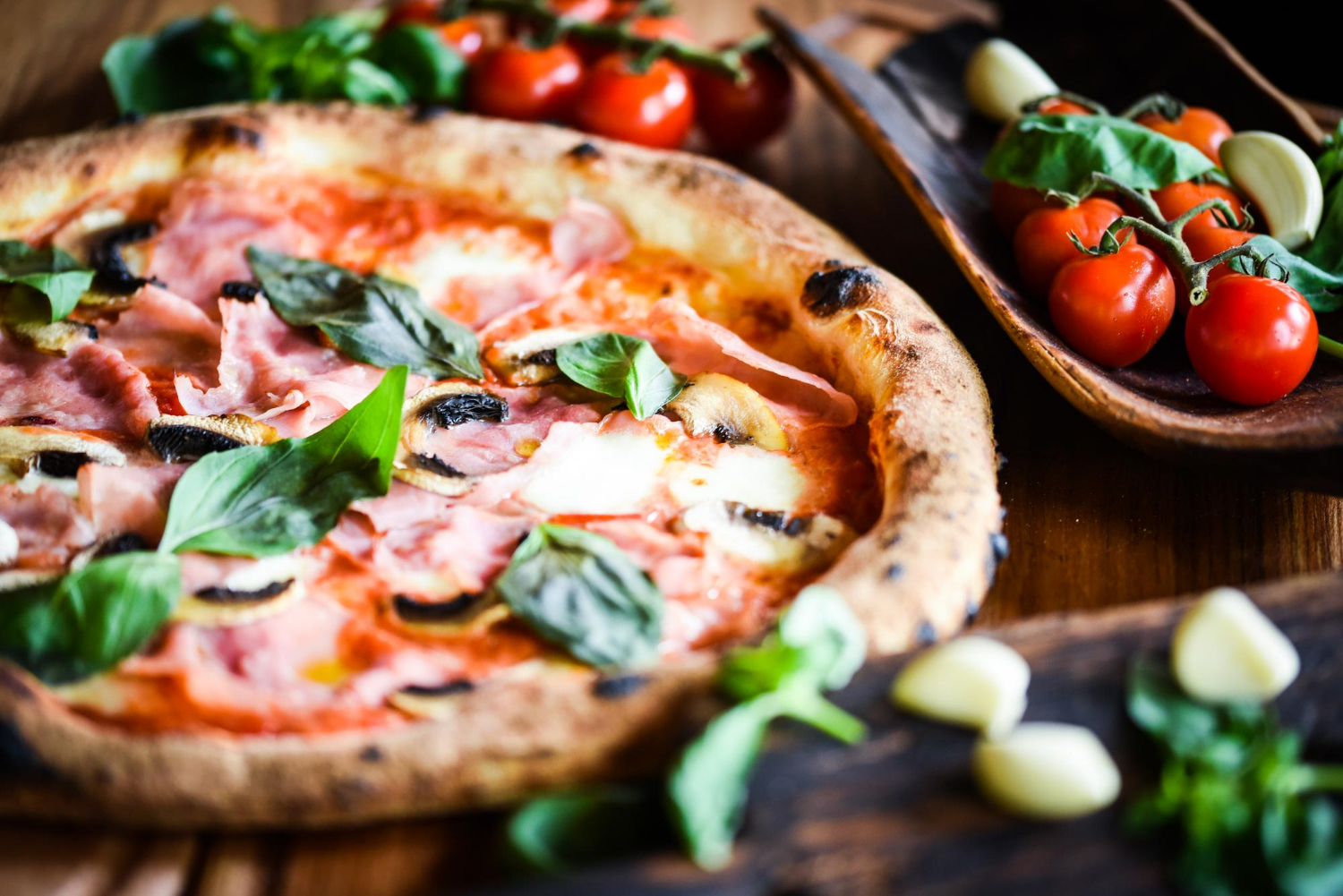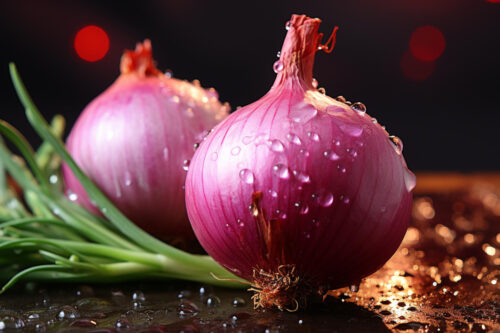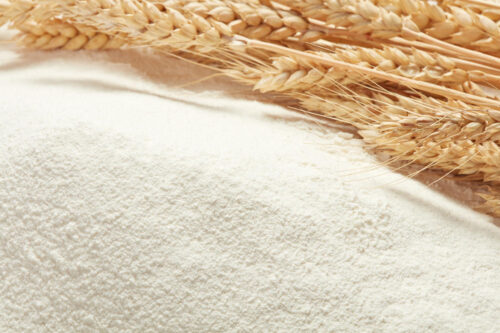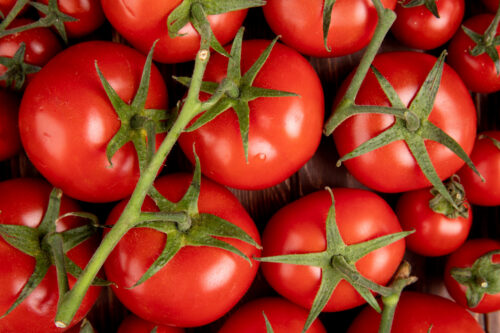Foto: Freepik
Ciabatta is a type of Italian bread known for its distinctive crispy crust and light, airy interior. The name “ciabatta” translates to “slipper” in English, given due to the bread’s resemblance to a traditional house slipper. The first ciabatta was baked in 1982 in the Veneto region of northern Italy, where it quickly became popular for its unique texture and flavor.
The creation of ciabatta was a response to the popularity of French baguettes, which were becoming increasingly popular in Italy. Italian bakers sought to create a bread that could rival the baguette in terms of texture and versatility. Ciabatta’s light and open crumb structure, along with its chewy crust, made it an instant hit and a staple in Italian bakeries.
Ciabatta is often enjoyed as a sandwich bread, thanks to its robust texture that holds up well to various fillings. Its porous crumb soaks up flavors and sauces effectively, making it an excellent choice for panini and other grilled sandwiches. The bread’s mild flavor also complements a wide range of ingredients, from cured meats and cheeses to fresh vegetables and spreads.
The process of making ciabatta involves using a high-hydration dough, which contributes to its open crumb and chewy texture. The dough is typically fermented for a long period, allowing for the development of complex flavors. The high moisture content in the dough requires careful handling and baking techniques to achieve the desired crust and crumb structure.
Beyond Italy, ciabatta has gained international acclaim and is now a common offering in bakeries and restaurants worldwide. Its versatility and delightful texture have made it a favorite among bread enthusiasts and chefs alike. Whether served as a simple accompaniment to a meal, as the foundation for a hearty sandwich, or toasted with a drizzle of olive oil, ciabatta continues to be celebrated for its rustic charm and culinary adaptability.
Ciabatta: The Quintessential Italian Bread
6
servings1
hour25
minutes256
kcalIngredients
500 grams of bread flour
375 ml of water
10 grams of salt
7 grams of dry yeast
30 ml of olive oil
Directions
- Prepare the Dough:
- In a large mixing bowl, combine the bread flour, water, and dry yeast. Mix until a rough dough forms.
- Add the salt and olive oil to the dough mixture. Continue mixing until the dough becomes smooth and elastic. This can be done by hand or with a stand mixer fitted with a dough hook.
- First Rise:
- Cover the bowl with a damp cloth or plastic wrap.
- Let the dough rise in a warm, draft-free place for about 1-2 hours, or until it doubles in size.
- Shaping the Dough:
- Once the dough has risen, transfer it to a floured surface. Handle the dough gently to retain its airiness.
- Divide the dough into two equal portions.
- Shape each portion into a rectangular, slipper-like form. Be careful not to deflate the dough too much.
- Second Rise:
- Place the shaped dough onto a floured baking sheet or parchment paper.
- Cover the dough lightly with a cloth and let it rest for another 30-45 minutes for the second rise.
- Preheat the Oven:
- Preheat your oven to 220°C (428°F). If you have a baking stone, place it in the oven to preheat as well.
- Baking the Ciabatta:
- Just before baking, sprinkle the tops of the loaves with a little flour.
- Transfer the dough to the preheated oven (or baking stone, if using).
- Bake for about 20-25 minutes, or until the crust is golden brown and crisp. The bread should sound hollow when tapped on the bottom.
- Cooling:
- Remove the ciabatta from the oven and let it cool on a wire rack.

















